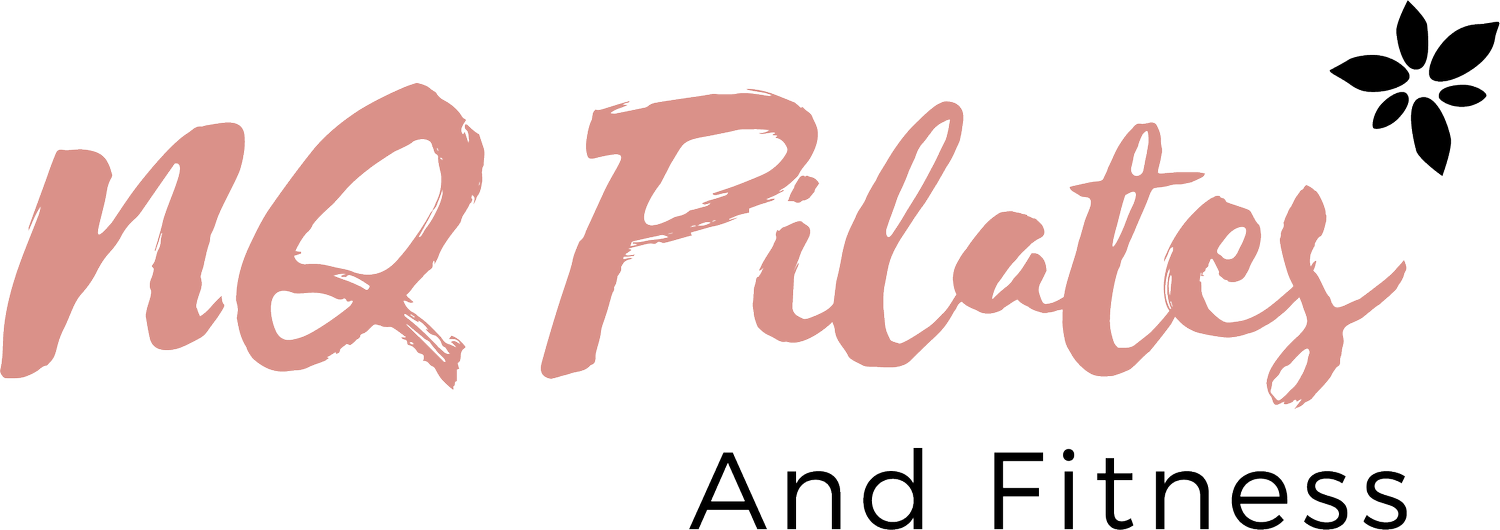Physical Activity Guidelines
There are four types of exercise. They are:
Strength/Resistance training - loading muscles to bring them to near failure
Cardio - rhythmic movements of major muscle groups to elevate the heart rate and breathing
Flexibility - moving joints to end range
Neuromotor - exercise that challenges balance, proprioception, coordination and control
Cardio and strength training have MAJOR health benefits! The list of benefits is pretty extensive. Are you ready?
44% less chance of dying by ANY CAUSE in the next 10 years! (1)
Reduces diabetes mortality 39% & Cardiovascular Disease (CVD) mortality 60% (2)
Exercise improves sleep quantity & quality (3)
Long-term resistance training improves insulin sensitivity & lowers blood pressure (4)
Exercise makes you happier (5)
150 min/week exercise is associated with 15% less anxiety symptoms (6)
Regular exercise reduces depressive symptoms & major depressive disorder 15% (6)
For major depressive disorder exercise is as effective as antidepressants (7)
Exercise reduces chronic pain & is safe for people with chronic pain (8)
So what do you have to do exactly in order to reap the benefits of exercise?
150-300 min moderate cardio
OR 75-150 min vigorous cardio
2-3 resistance/strength training sessions
These are the Physical Activity Guidelines as recommended by The World Health Organization and the American College of Sports Medicine. Moderate cardio is where you can’t quite talk comfortably. If you can only say one or two words at a time you’re in a state of vigorous cardio. Resistance or strength training (see above) is where you load your major muscle groups and bring them to near failure.
If this list of exercise guidelines is overwhelming, remember that anything is better than nothing. Start with trying to minimise or break up sitting time and think about a form of activity that you might enjoy that gets you out of breath.
So where does Pilates fit in? Depending on your fitness level, Pilates can be a strength and a cardio workout. For someone who is somewhat sedentary Pilates can have you huffing and puffing and in a moderate state of cardio at certain times throughout the class. For this type of client it is likely that they will also bring their major muscle groups to near fatigue in a Pilates class, think legs, arms and core. But for a well conditioned athlete, it might be harder for them to reach a moderate state of cardio in a Pilates class (depending on the level and structure of the class). Likewise they may not reach near fatigue in all muscle groups - this type of client may benefit more from the coordination, control and flexibility challenges that Pilates offers.
References
Lee, D. C., Sui, X., Ortega, F. B., Kim, Y. S., Church, T. S., Winett, R. A., . . . Blair, S. N. (2011). Comparisons of leisure-time physical activity and cardiorespiratory fitness as predictors of all-cause mortality in men and women. Br J Sports Med, 45(6), 504-510. doi:10.1136/bjsm.2009.066209
Gordon, B., Benson, A., Bird, S., & Fraser, S. (2009). Resistance training improves metabolic health in type 2 diabetes: a systematic review. Diabetes research and clinical practice
Dolezal, B. A., Neufeld, E. V., Boland, D. M., Martin, J. L., & Cooper, C. B. (2017). Interrelationship between sleep and exercise: a systematic review. Advances in preventive medicine, 2017
Ashton, R. E., Tew, G. A., Aning, J. J., Gilbert, S. E., Lewis, L., & Saxton, J. M. (2020). Effects of short-term, medium-term and long-term resistance exercise training on cardiometabolic health outcomes in adults: systematic review with meta-analysis. British Journal of Sports Medicine
Zhang, Z., & Chen, W. (2019). A systematic review of the relationship between physical activity and happiness. Journal of Happiness Studies
Firth, J., Solmi, M., Wootton, R. E., Vancampfort, D., Schuch, F. B., Hoare, E., . . . Jackson, S. E. (2020). A meta-review of “lifestyle psychiatry”: the role of exercise, smoking, diet and sleep in the prevention and treatment of mental disorders. World Psychiatry
Blumenthal, J. A., Babyak, M. A., Doraiswamy, P. M., Watkins, L., Hoffman, B. M., Barbour, K. A., . . . Waugh, R. (2007). Exercise and pharmacotherapy in the treatment of major depressive disorder. Psychosomatic medicine
Geneen, L. J., Moore, R. A., Clarke, C., Martin, D., Colvin, L. A., & Smith, B. H. (2017). Physical activity and exercise for chronic pain in adults: an overview of Cochrane Reviews. The Cochrane Library
